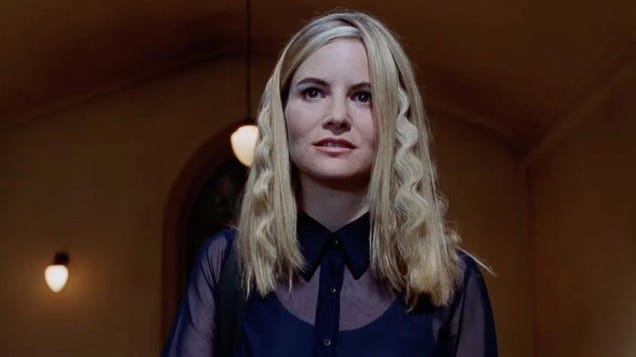3 out of 5 stars.
Ultimately, this was an enjoyable book, but only from a certain point of view. First off, let me be very clear: Last and First Men is not a novel. It is presented as a history lesson from our very distant future; what it really is, is a meditation on the nature of humanity. If that doesn’t interest you, bail out now.
So, you are interested in what a fictional history of the future might reveal about human nature. Good. Science-fiction is often at its best when it is responding to the concerns of the present. The concerns of 1930, when Stapledon published this book, appear throughout. With the Great War still very recent history the near future is all about fear of another, even more destructive war. It is very tempting to read the first part of this book with an eye to grading Stapledon’s predictive powers. A land war involving Russia? Check. The inevitable triumph of the United States in the 20th Century? Check. China and America in conflict in the Pacific? Check. Human folly ultimately leading to the collapse of civilization? Well, maybe that one hasn’t come about just yet.
It is only with the rise of Second Man from the scattered savage tribes who survived the apocalypse that Stapledon’s goals with this book begin to become clear. Despite writing about particular future human individuals and describing their societies, he is not actually interested in telling a story about specific characters or even making a comparison between societies. He is writing about long-term trends in humanity. As a professor of psychology and philosophy he had a lot to say about those trends. In this Stapledon departs from any book I have read before. The story of Second and Third Man rather dragged for me, but by the time he began to discuss how Fourth Man, as enormous brains in jars were unable to understand the simple pleasures of touch, he had me hooked. By discussing what each new version of humanity was able to learn and able to accomplish Stapledon sketches a treatise on how to be a whole person. The most successful of Stapledon’s eighteen iterations of the species are the ones who master brain, brawn, emotion and community. As a treatise on this topic, I found it more interesting than any actual works of philosophy I have read (though I must admit, I haven’t read many).
I won’t describe the resonances I noticed between this book and speculative fiction by Kurt Vonnegut, Charles Sheffield, Carl Sagan, J. R. R. Tolkien and Arthur C. Clarke. Suffice it to say I think Stapledon was an influence on many other writers. Instead, I will quote one line which I think best captures what Stapledon was trying to do with this book. One of the Last Men describes the knowledge they have gained and likens it to the knowledge of the ancient mystics. However, they are not the same, “For while they are confident that the cosmos is perfect, we are sure only that it is very beautiful.” This is the line which has stuck with me in the weeks since I finished it. I find strange encouragement from the possibility of seeing the beauty in the world despite all the tragedy. This is a theme which resonates today as much as it must have in 1930.
So, while Last and First Men isn’t exactly good it is very interesting. Stapledon is addressing ancient questions like: “what is the mind?” and “what does it mean to be human?” By putting humankind in so many bodies over millions of years, these questions are explored from many angles. If you want to see some answers from the early 20th Century, by all means read this book.
27 May 2017
Subscribe to:
Posts (Atom)

